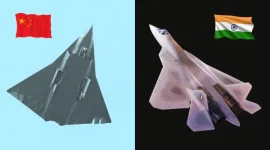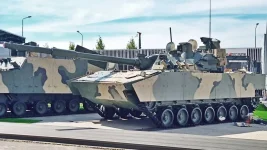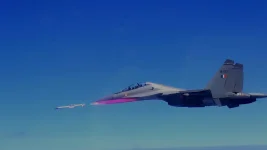- Views: 7K
- Replies: 4

The Pakistan Air Force (PAF) is poised to significantly enhance its aerial combat capabilities with the introduction of the JF-17 Block 4 in 2028. This advanced fighter jet, part of the ambitious PF-X (Pakistan Fighter Experimental) program, represents a major leap forward from the baseline JF-17 Thunder, a workhorse of the PAF fleet.
The JF-17 Thunder, originally developed in collaboration with China's Chengdu Aircraft Industry Corporation, has undergone several upgrades over the years, each improving its combat effectiveness. More recently, proposals emerged for advanced variants known as the JF-17.7 and JF-20.
The JF-17.7 was conceptualized with Diverterless Supersonic Inlets (DSI) and an Internal Weapons Bay (IWB) to reduce its radar signature and enhance stealth capabilities. The even more radical JF-20 design proposed extensive stealth features, including a redesigned air intake and a larger IWB for internal weapon storage.
Pakistan's leadership in the PF-X program signifies its commitment to self-reliance and technological advancement in military aviation. The program aims to produce a 4.5+ generation fighter jet, with the JF-17.7 design appearing to be the frontrunner for development.
While space constraints limit the IWB's capacity, it will enable the aircraft to carry 2-4 Beyond Visual Range Air-to-Air Missiles (BVRAAMs) internally. This enhances stealth by keeping weapons concealed during the initial phase of engagement.
The key challenge lies in optimizing internal space for weapons while maintaining the aircraft's agility and performance. The decision to limit the number of internally carried missiles reflects a strategic balance between stealth and overall combat load.
The JF-17 Block 4's anticipated debut in 2028 is generating significant interest. The world will be watching how Pakistan navigates the complexities of integrating advanced technologies like stealth features and internal weapon systems into a platform known for its cost-effectiveness and adaptability.




